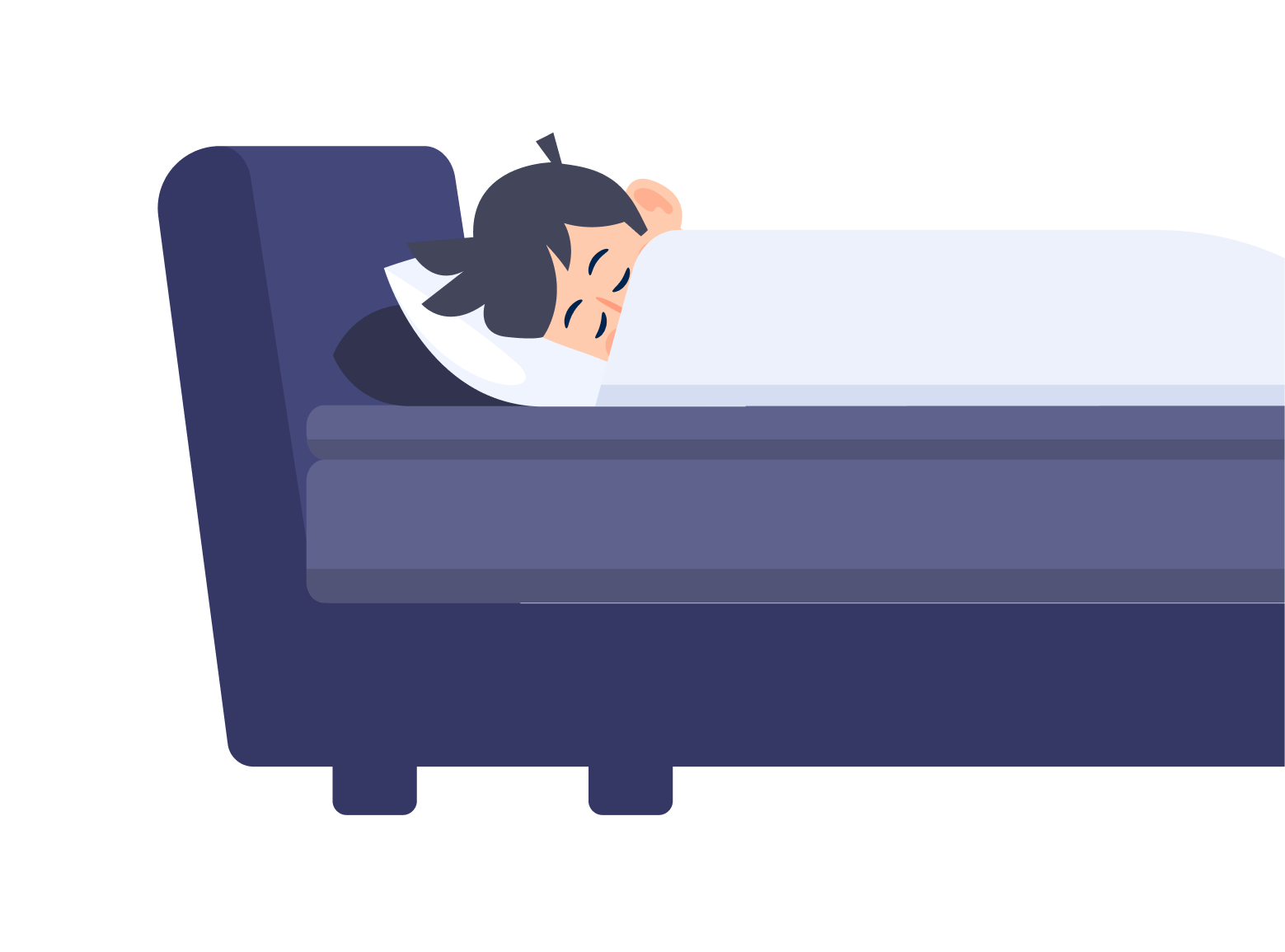Introduction
Dreams are not merely remnants of daily stimuli but reflections of deeper emotional and psychological processes. In therapy, they provide a unique avenue for insight and exploration, helping therapists and clients navigate the subconscious terrain. This article delves into the therapeutic use of dreams, exploring how they can be integrated into clinical practice to promote healing and self-awareness.
Understanding Dreams in Therapy
Historical Background
The interest in dreams dates back to ancient civilizations, but the systematic study of dreams in a therapeutic context began with the founders of psychoanalytic theory. Sigmund Freud’s work, which labeled dreams as the “royal road to the unconscious,” opened the door for further exploration by later psychologists such as Carl Jung. Both offered distinct approaches to dream analysis, which have influenced modern therapeutic techniques.
Psychological Theories of Dreaming
Freud’s theory posited that dreams are manifestations of repressed desires and unresolved childhood conflicts, while Jung’s perspective suggested that dreams serve to reconcile the individual’s conscious and unconscious lives. These foundational ideas have paved the way for various therapeutic approaches, ranging from psychoanalytic to existential and cognitive-behavioral interpretations.
Therapeutic Approaches to Dream Analysis
Freudian Techniques
In Freudian therapy, dreams are analyzed for their symbolic content and associations. Therapists encourage clients to recount dreams and freely associate to the elements of the dream. This process aims to uncover hidden emotional issues and unconscious conflicts, facilitating a pathway to resolve them.
Jungian Methodology
Jungian analysis focuses on the archetypal symbols present in dreams, which are considered to communicate important messages about a person’s psychic unfolding. Jungian therapists help clients interpret these symbols, facilitating greater integration of the psyche and promoting individual growth.
Contemporary Methods
Modern therapy integrates dreams in diverse ways. Cognitive-behavioral therapists, for instance, may use dreams to help clients identify and correct cognitive distortions. Gestalt therapists might incorporate role-playing techniques to act out dreams, helping clients to experience their messages emotionally and physically.
Practical Techniques in Dream Therapy
Dream Journaling
Keeping a dream journal is a common practice that therapists recommend to clients. It helps individuals maintain a record of their dreams, which can be invaluable for therapy sessions. Regular journaling increases dream recall and helps in recognizing patterns and themes that recur in dreams.
Imagery Rehearsal Therapy
Particularly useful for treating nightmares, this technique involves changing the ending of a disturbing dream. It empowers clients to confront and transform their dreams, reducing the frequency of nightmares and the distress they cause.
Dream Telling in Groups
Some therapists conduct group sessions where clients share dreams and explore their meanings together. This communal sharing can illuminate common themes and foster a deeper understanding of shared human experiences.
Benefits of Using Dreams in Therapy
Enhanced Self-Understanding
Dream analysis can reveal the deepest layers of a person’s psyche, promoting a profound level of self-awareness and understanding.
Emotional Catharsis
Working through the intense emotions often found in dreams can provide significant emotional release and healing.
Problem-Solving
Dreams can present creative solutions to problems, offering perspectives that are not considered during waking life.
Strengthening Therapist-Client Relationship
Sharing and exploring dreams can build trust and deepen the therapeutic relationship, creating a strong collaborative bond.
Conclusion
The use of dreams in therapy is a rich and complex field that spans various psychological theories and therapeutic techniques. As therapists continue to harness the diagnostic and therapeutic potential of dreams, they open up dynamic pathways for client healing and growth. Understanding and integrating the messages from our dreams not only enhances emotional and psychological resilience but also enriches our daily lives with deeper meaning and insight.








